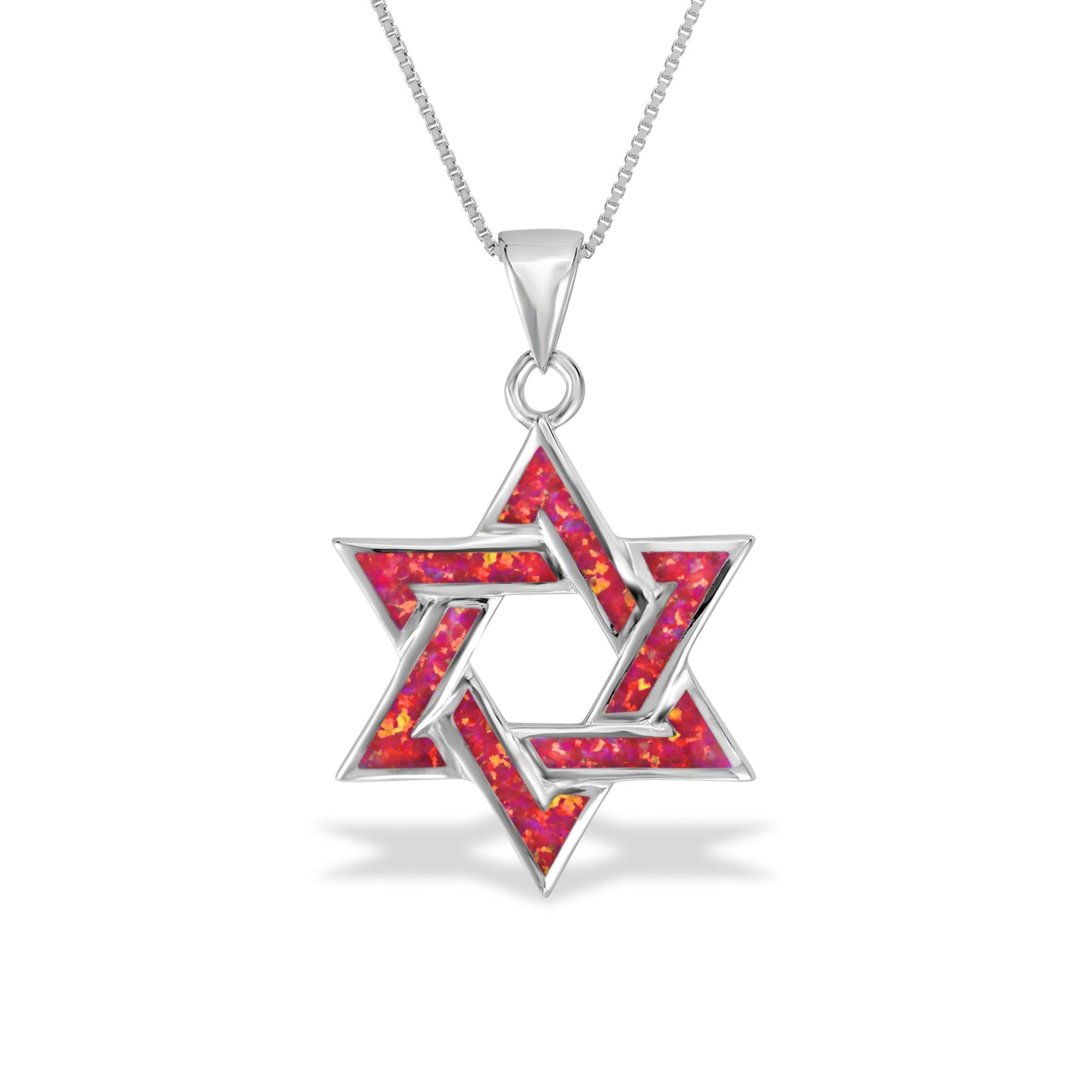The Flag of Israel: A Symbol of Faith, Identity, and National Unity
Key Takeaways
- The flag of Israel features a blue Star of David centered between two horizontal blue stripes, representing Jewish heritage and the State of Israel.
- Its design is inspired by the tallit, the Jewish prayer shawl, symbolizing faith and tradition.
- The flag embodies Jewish unity, the connection to the Land of Israel, and the historical resilience of the Jewish people.

What is the Flag of Israel?
The flag of Israel, adopted in 1948 with the establishment of the modern State of Israel, consists of a white field with two horizontal blue stripes near the top and bottom and a blue Star of David (Magen David) in the center. It serves as a national emblem, representing both Jewish spiritual heritage and the collective identity of the Jewish people.
Historical Context: Origins of the Design
The flag’s design was deeply rooted in Jewish tradition and Zionist aspirations.
Early Concepts
The idea for the Israeli flag originated during the 19th-century Zionist movement, which sought to establish a Jewish homeland. In 1891, David Wolffsohn, a prominent Zionist leader, suggested a flag based on the tallit, the Jewish prayer shawl traditionally adorned with blue and white stripes.
Wolffsohn’s inspiration stemmed from the significance of the tallit in Jewish prayer and the color tekhelet—a blue dye mentioned in the Torah used for tzitzit (fringes). The addition of the Star of David symbolized the unity of the Jewish people and their connection to their ancestral homeland.
The Flag's Adoption
The flag was first flown at the First Zionist Congress in 1897, held in Basel, Switzerland. Over time, it became widely accepted as the emblem of the Zionist movement and was later adopted as the official flag of the State of Israel upon its founding in 1948.

Symbolic Interpretations of the Flag’s Elements
The components of Israel’s flag hold deep spiritual, historical, and cultural significance, reflecting key themes in Jewish identity.
The Blue and White Colors
The choice of blue and white is tied to Jewish religious tradition:
- Blue (Tekhelet): In the Torah, tekhelet symbolizes divinity, spirituality, and the infinite heavens. It was used in the garments of the high priests and on the fringes of the tallit. The blue stripes on the flag connect the modern Jewish state to this ancient heritage.
- White: The white background of the flag represents purity, peace, and holiness, values central to Jewish teachings and the aspirations of the State of Israel.
The Star of David (Magen David)
The central Star of David links the flag directly to Jewish identity. As a symbol of protection and unity, it reflects the shared destiny and spiritual connection of Jews worldwide. Its placement in the center of the flag emphasizes the unifying role of Israel as the homeland of the Jewish people.
The Stripes
The two horizontal blue stripes evoke the tallit’s design, reinforcing the connection to Jewish faith and prayer. Additionally, some interpret the stripes as representing the longing for the historic borders of the Land of Israel, as expressed in the Torah and Jewish tradition.
Cultural and Religious Significance
The flag of Israel transcends its role as a national symbol, embodying the enduring relationship between the Jewish people, their faith, and their ancestral homeland.
A Symbol of Faith
The flag’s design connects deeply with Jewish religious identity. By reflecting the tallit and tekhelet, it serves as a reminder of the divine commandments and the spiritual mission of the Jewish people. The flag’s use in state and religious ceremonies reinforces its dual role as a symbol of both modern sovereignty and ancient tradition.
Jewish Unity and Resilience
The flag of Israel represents the collective resilience of the Jewish people, who maintained their identity through millennia of exile and persecution. Its adoption marked the culmination of the Zionist movement and the realization of the dream of Jewish self-determination.
Connection to the Diaspora
The flag serves as a beacon for Jews living in the diaspora, symbolizing their enduring connection to the Land of Israel. It is often displayed at Jewish events and celebrations around the world as a sign of solidarity with the Jewish state.
Mystical and Spiritual Perspectives
The flag’s elements hold mystical significance in Jewish thought, particularly within Kabbalah, where colors and shapes carry spiritual meanings. The blue stripes can be seen as channels of divine protection, while the Star of David represents balance and harmony between the physical and spiritual realms. Together, they portray Israel not only as a political entity but also as a sacred space imbued with God’s presence.

Modern Use and Global Recognition
The flag of Israel is widely recognized around the world as a symbol of the Jewish state. It is flown during national holidays, state events, and commemorations such as Yom HaAtzmaut (Israel’s Independence Day) and Yom HaZikaron (Memorial Day). It is also a symbol of pride and solidarity at international events, including the Maccabiah Games, where Jewish athletes compete under its banner.
In Jewish communities outside Israel, the flag is prominently displayed in synagogues, Jewish schools, and at pro-Israel rallies. It has become a universal symbol of Jewish identity and support for the State of Israel.
Conclusion
The flag of Israel is far more than a national symbol; it is a representation of Jewish heritage, faith, and unity. Inspired by the tallit, the flag reflects the spiritual and historical connection of the Jewish people to their ancestral homeland. With its striking blue and white design and central Star of David, the flag of Israel stands as a powerful testament to the enduring legacy and resilience of the Jewish people, embodying their ancient traditions and modern aspirations.














































































































